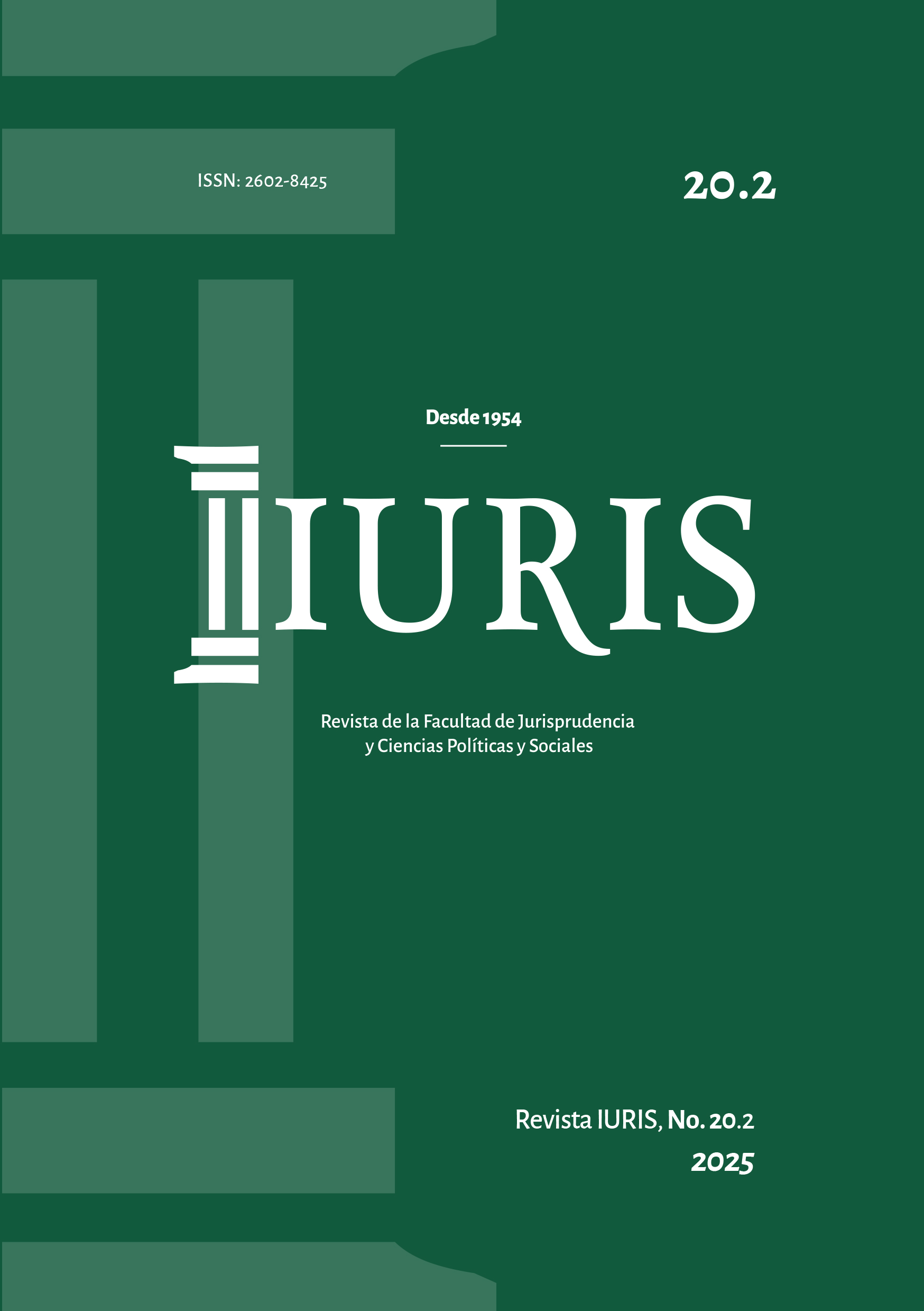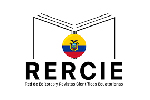Legal Challenges and Perspectives in the Intellectual Property of Works Generated by Artificial Intelligence
DOI:
https://doi.org/10.18537/iuris.20.02.05Keywords:
Artificial Intelligence, Copyright, Intellectual Property, BlockchainAbstract
The advancement of Artificial Intelligence has created a significant challenge in the field of intellectual property, especially in the protection of works created by
autonomous systems. This article analyzes the legal viability of granting copyright to creations generated by artificial intelligence, exploring the regulatory framework in different jurisdictions, such as the United States, the European
Union and within Ecuadorian legislation. Key concepts such as originality,
copyright and ownership of works were analyzed, in addition to evaluating diffe
rent regulatory proposals to guarantee legal certainty in this area, as well as the
different future perspectives in the harmonization of international regulations
to address these challenges effectively and equitably.
Downloads
References
Arévalo, E. R. (30 de mayo de 2023). UNIVERSITAT OBERTA DE CATALUNYA . Recuperado el 17 de marzo de 2025, de La problemática de los derechos de Propiedad Intelectual en las obras creadas por Inteligencia Artificial: https://openaccess.uoc.edu/bitstream/10609/148420/1/erodriguezareTFG0623memoria.pdf
Asamblea Nacional República del Ecuador. (2023). Código de Comercio.
Conocimientos, C. O. (2017). Código Orgánico de la Economía Social de los Conocimientos. Recuperado el 15 de marzo de 2025, de Lexis: https://www.lexis.com.ec/biblioteca/coescci
Ecuador, A. N. (2008). Constitución de la República del Ecuador. Recuperado el 05 de Marzo de 2025, de https://www.oas.org/juridico/pdfs/mesicic4_ecu_const.pdf
Fanny Niño, M. B. (2023). El desafío que representan las obras creadas por inteligencia artificial al derecho de autor en Colombia. Revista de Internet, Derecho y Politica , 1-13.
Gorostidi, T. A. (24 de junio de 2024). Instituto Autor. Obtenido de https://institutoautor.org/japon-la-oficina-de-derechos-de-autor-publica-un-informe-sobre-la-inteligencia-artificial-y-la-propiedad-intelectual/?utm_source=chatgpt.com
Intelectual, L. d. (22 de abril de 1996). Ley de Propiedad Intelectual. Recuperado el 17 de marzo de 2025, de Ley de Propiedad Intelectual: https://www.boe.es/eli/es/rdlg/1996/04/12/1/con
McCarthy, J. (november de 2004). IBM. Recuperado el 05 de marzo de 2025, de IBM: https://www.ibm.com/mx-es/topics/artificial-intelligence
Nacional, A. (20 de junio de 2024). Proyecto de Ley Orgánica de Regulación y Promoción de la Inteligencia Artificial en Ecuador. Recuperado el 17 de marzo de 2025, de https://www.asambleanacional.gob.ec/es/multimedios-legislativos/97303-proyecto-de-ley-organica-de-regulacion
Navarro, S. N. (2018). OBRAS GENERADAS POR ALGORITMOS . Revista de Derecho Civil , 285.
Office, U. C. (december de 2022). Copyright Law of the United States. Obtenido de https://www.copyright.gov/title17/title17.pdf
OMPI. (2002). WIPO. Recuperado el 15 de Marzo de 2025, de ORGANIZACIÓN MUNDIAL DE LA PROPIEDAD INTELECTUAL: https://www.wipo.int/portal/es/
The Copyright, D. a. (s.f.). The Copyright, Designs and Patents Act 1988. Recuperado el 17 de marzo de 2025, de https://www.gov.uk/government/publications/copyright-acts-and-related-laws
Turing, A. M. (1950). IBM. Recuperado el 05 de Marzo de 2025, de IBM: https://www.ibm.com/mx-es/topics/artificial-intelligence
Vergés, M. M. (2022). ¿Puede un registro basado en blockchain funcionar como una herramienta de “resguardo/protección” para las obras de arte generadas por la inteligencia artificial? Revista Iberoamericana de la Propiedad Intelectual, 139-201.
Vicente, S. P. (2 de enero de 2024). Instituto Autor. Obtenido de https://institutoautor.org/china-ee-uu-se-publican-los-ultimos-pronunciamientos-sobre-la-proteccion-por-el-derecho-de-autor-de-imagenes-creadas-con-la-participacion-de-la-inteligencia-artificial/?utm_source=chatgpt.com
ZEPEDA MARTÍNEZ, R. M. (1990). El derecho de autor. Investigación Bibliotecológica: Archivonomía, bibliotecología E información, 30.







